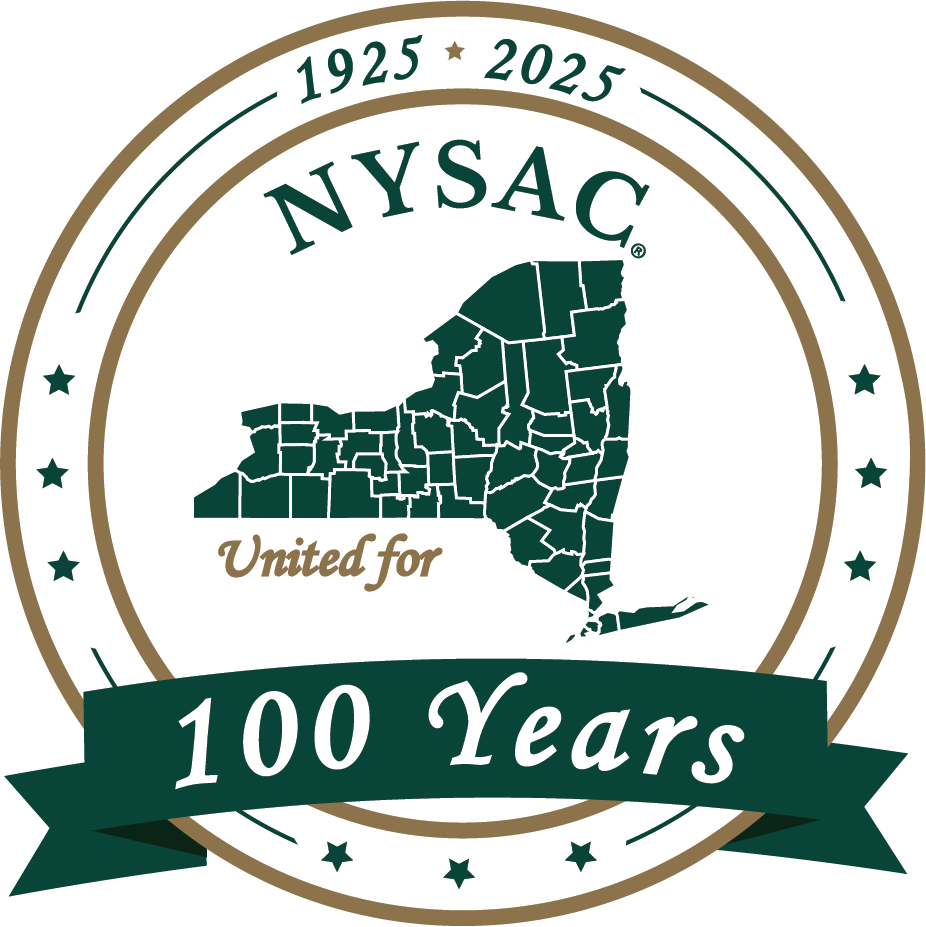Rescuing Local Emergency Medical Services (EMS)
The Problem
EMS providers across the state are in crisis due to rising costs and high demand for increasingly complex services. Counties are being asked to fill growing gaps in EMS services in their communities, but they do not have the resources, flexibility, or statutory authority to develop county-wide or publicly funded EMS programs.
As a form of healthcare, EMS is subject to the same escalating costs as the rest of the healthcare industry. Municipalities that operate EMS departments, or contract for services with those that do, feel the ongoing financial strain of these costs that are far outpacing inflation.
Additionally, local governments’ efforts to collaborate on joint EMS services across municipal and county boundaries are hindered by current law, which prohibits counties and local municipalities from creating joint taxing districts for EMS services.
Recommendations
NYSAC has reviewed and fully supports the following proposals and legislation.
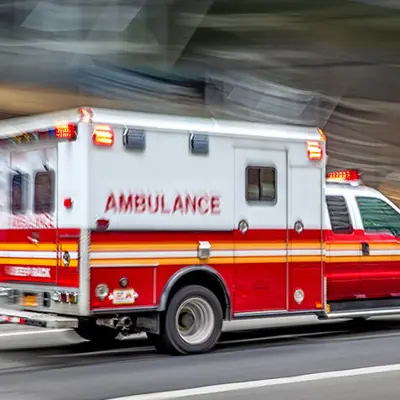
Recommendation 1
Special Taxing Districts & EMS Being Deemed an Essential Service
S.4020-C (Mayer) / A.3392-C (Otis)
This comprehensive legislative package allows special taxing districts to be created to fund EMS services. In addition, this legislation would recognize EMS as an essential service and provide reforms to the Emergency Medical Services Council.

Recommendation 2
Property Tax Exemption for EMS Services
S.5000 (May) / A.4077 (Lupardo)
This legislation would remove EMS services from the real property tax cap, which would allow local municipalities to expand and better support their local EMS services. This measure is needed in the short-term while other solutions are being discussed.
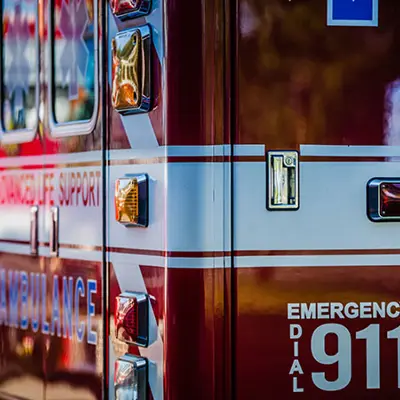
Recommendation 3
Authorization of Reimbursement for Treatment in Place and Transportation to Alternative Destinations
S.8486 (Hinchey) / A.9102 (Kelles)
This legislation authorizes Medicaid reimbursement to emergency medical services (EMS) agencies for providing Treatment in Place (TIP) to a patient at the point of response; as well as Transportation to an Alternate Provider (TAP), getting a patient to the most appropriate health care setting other than a hospital, such as a mental health clinic, rehabilitation facility or urgent care.

Recommendation 4
Income Tax and Property Tax Credits
S.6630 (Mannion) / A.6274 (Barrett)
This legislation allows volunteer firefighters and ambulance workers to claim both state income and local property tax credits.
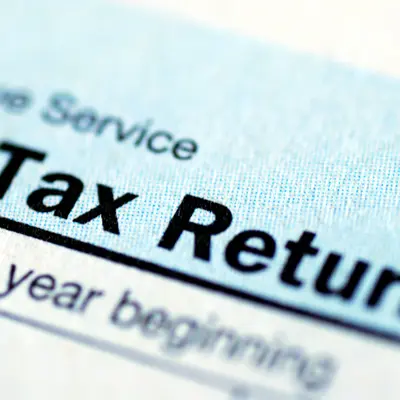
Recommendation 5
Income Tax Credit Increase
S.7286 (Martinez) / A.7524 (Thiele)
This legislation increases the volunteer firefighters’ and ambulance workers’ personal income tax credit from $200 to $800 for eligible individuals and from $400 to $1,600 for eligible married joint filers.
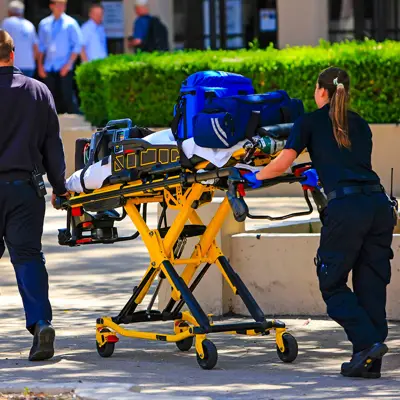
Recommendation 6
Targeted Medicaid Rate Increase for EMS Providers
S.3223 (Sanders) / A.9237 (Hevesi)
This bill would create a methodology for ambulance reimbursement under Medicaid that more closely approximates the cost of providing the service. Ambulances are required by law to pick everyone up, including Medicaid patients. It is unfair to require these ambulance companies to accept Medicaid patients and then not fairly reimburse them for the costs of providing services to these patients.
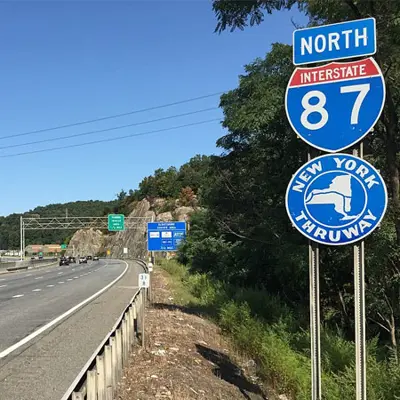
Recommendation 7
Thruway Permits for EMS Vehicles
S.6645 (Comrie) / A.6136 (Eachus)
This legislation requires the thruway authority to issue emergency services permits to EMS vehicles as is already done for fire vehicles, which would exempt EMS from being required to pay tolls while transporting patients on the NYS thruway.
Download the Factsheet
Contact Us
New York State Association of Counties
515 Broadway, Suite 402
Albany, NY 12207
Phone: (518) 465-1473
Fax: (518) 465-0506
